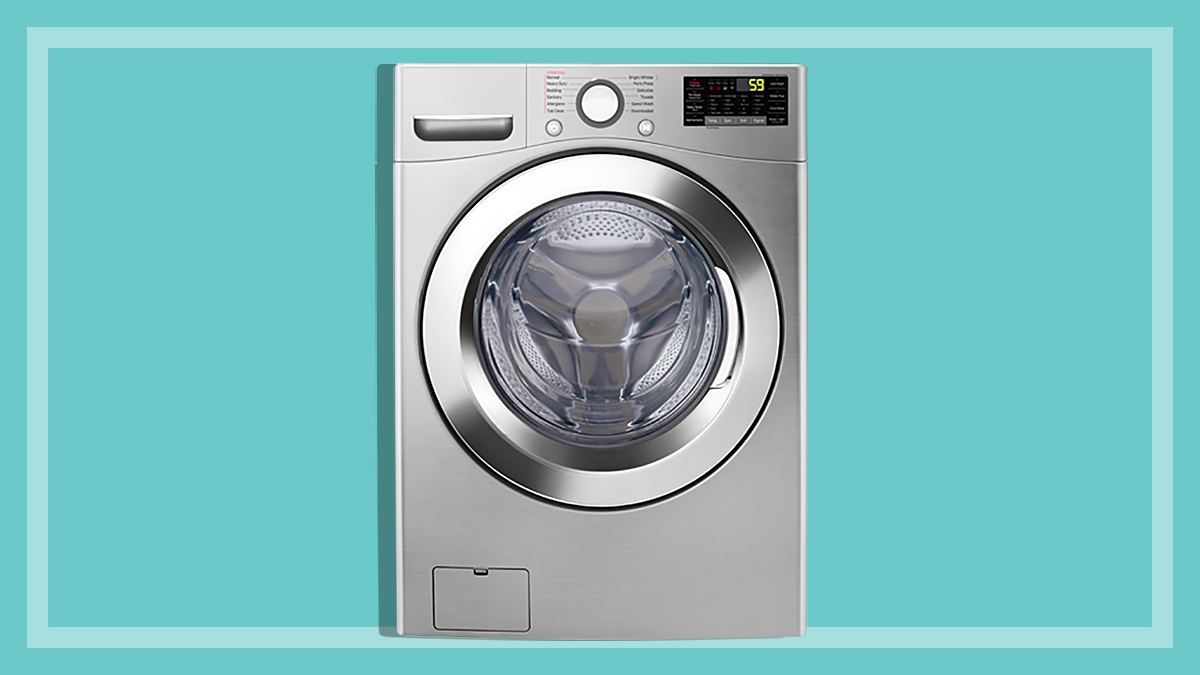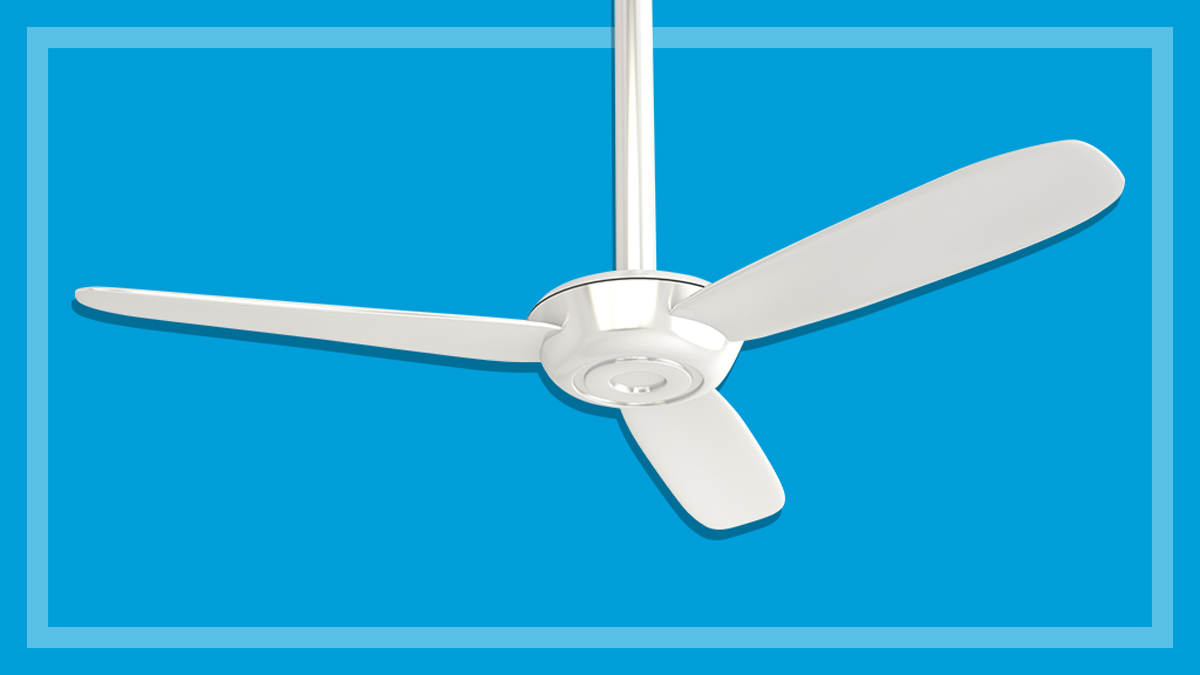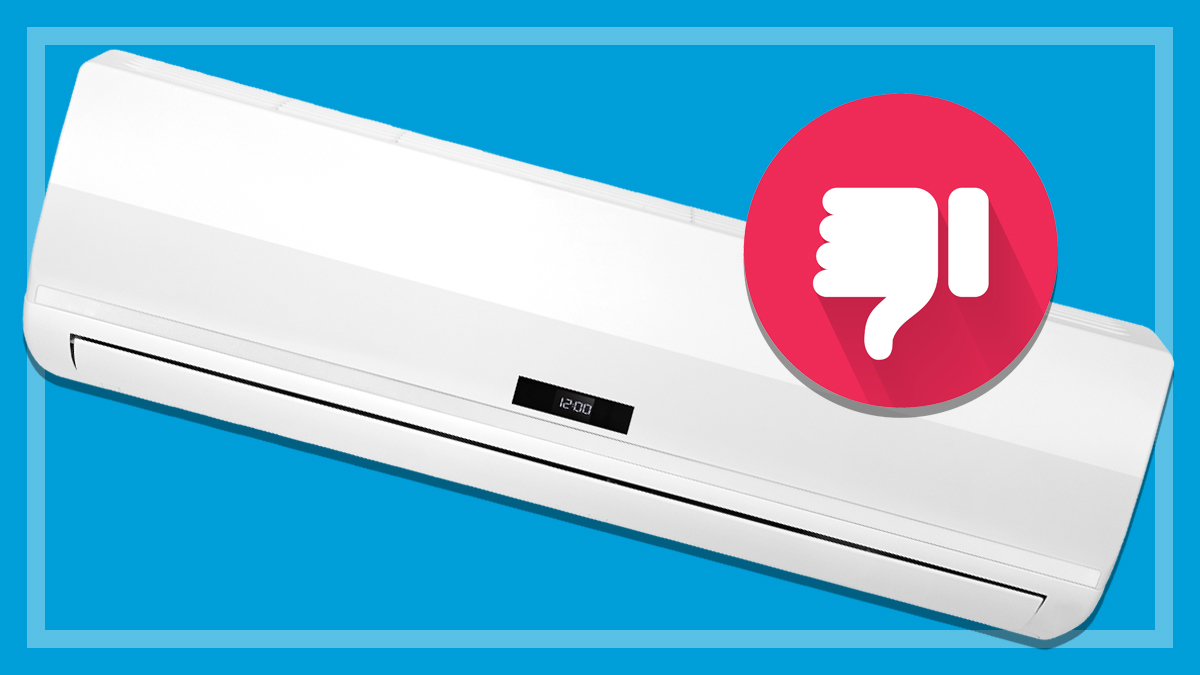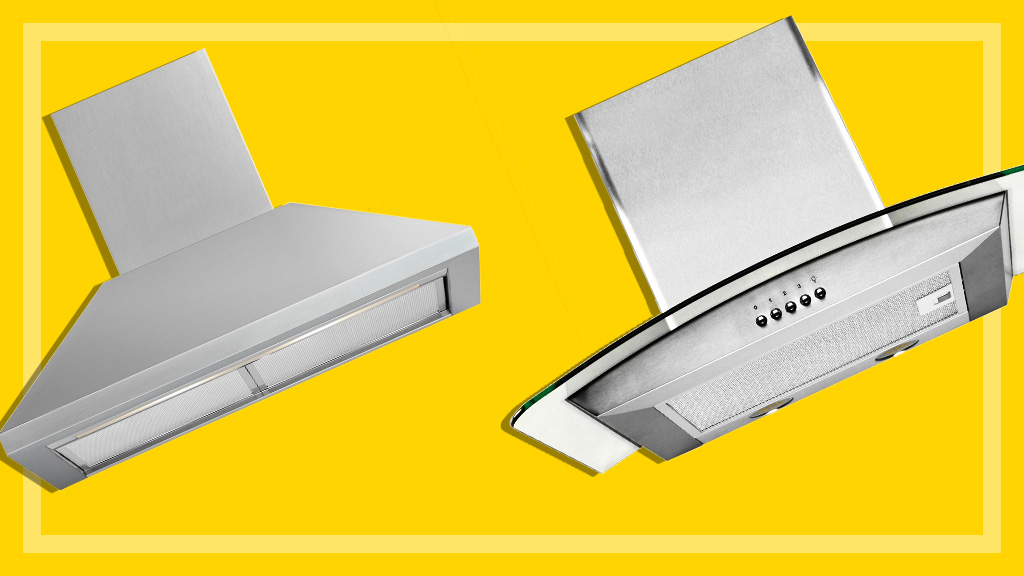Get our independent lab tests, expert reviews and honest advice.
5 ways to make your washing machine last longer
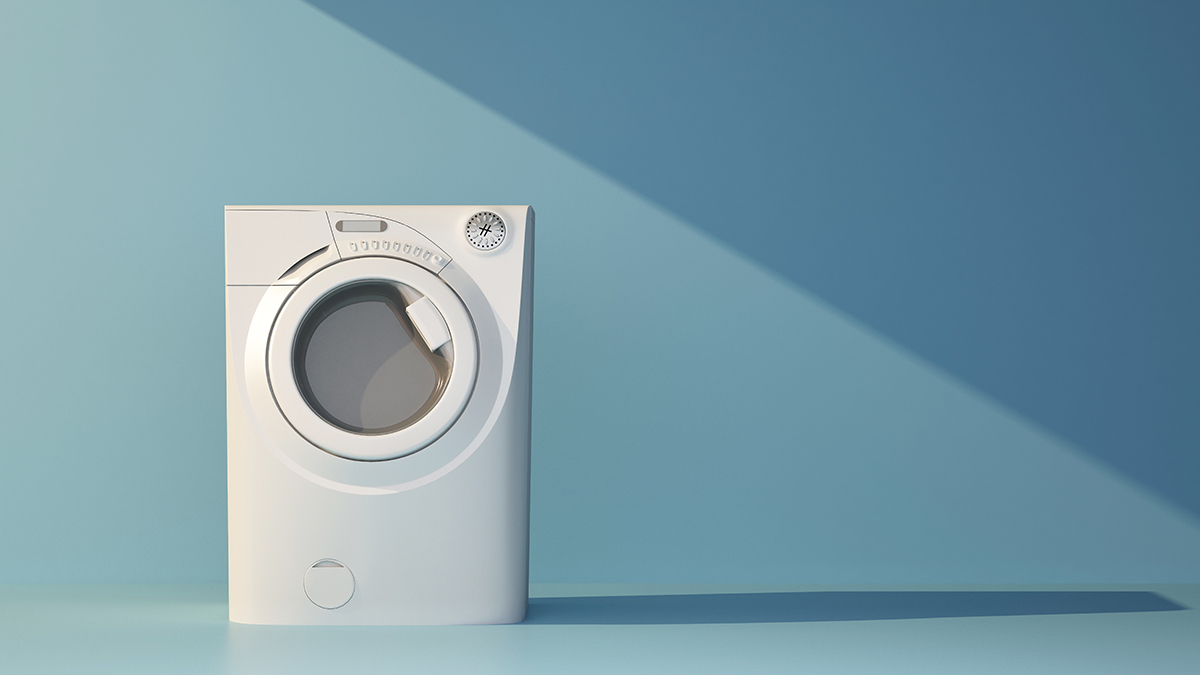
Washing machines are the lifeblood of many Australian households. They work harder than most appliances, perhaps being switched on once every day or more, transforming smelly school uniforms, eliminating signs of the beach from swimmers and towels and bringing you the luxury of fresh sheets and crisp, clean clothes.
A mid-range washing machine is expected to last you about eight years, but this is one appliance you’re going to want to look after. A bit of TLC can give your washing machine a longer life, saving you money on buying a new one, and keeping yet another appliance out of landfill.
CHOICE whitegoods expert Ashley Iredale explains how to show your washing machine some love, so it continues churning out those clean sheets and you won’t have to shell out for a new one anytime soon.
(If your machine really is on its last legs, we can help you with what you need to know before buying a new washing machine).
1. Clean and air out your machine
A smelly washing machine is anything but pleasant, but an acculumation of scrud (the waxy build-up from product used in your washer) and mould can have life-ending consequences for your machine’s drum and door seal, both costly things to replace. To prevent the washing machine stink, Ashley says to make a habit of three things each time you wash.
“Try not to leave wet clothes in the drum of the machine after they’ve completed washing as this could cause rust to form over time. Wipe inside the door seal after each wash to eliminate mould and scrud formed by trapped detergent. Leave the door ajar between washes to air the inside of the machine and extend the life of its seals,” says Ashley.
Still finding scrud forming inside your machine? It might be time to consider a cleaning cycle.
“Run an empty cleaning cycle using the hottest temperature available with a little bit of detergent. This is especially important to do if you use fabric softener as it’s a big contributor to scrud build-up,” he says.
For tougher spots of scrud, use a hot soapy sponge and a little elbow grease, or take a toothbrush to harder to reach areas like the detergent dispenser.
2. Don’t overdo it on the laundry products
“Over-using laundry products like detergents and fabric softeners will increase the time you spend cleaning your machine – and they could damage your machine’s drum and seals. In fact, we included use of fabric softener and over-priced detergents in our 10 common washing machine mistakes.
“In our testing, we have found you get a great wash with as little as a third or even a quarter of a scoop of detergent – generally that’s much less than what the recommended dosage on some product packaging is,” says Ashley.
Not only will over-using laundry products damage your machine, it will also cost you more, as you’ll have to replace products more often, and increase the amount of time you have to spend cleaning leftover residue. It also impacts the environment by sending more potentially harmful chemicals down the drain. The laundry room is a great place to implement easy eco-friendly changes that’ll also save you time and money in the long run.
But with detergent a necessary part of any laundry routine, be sure to check out our detergent reviews to make sure your products are working for you and not against you.
3. Be careful about what you’re putting in
When stuffed toys, sneakers and pet beds have seen better days we’re all for maximising your washer’s capabilities as a cheap and quick way to get them clean. But to ensure your washer’s longevity, you’ll need to read up on which items can go for a spin, and always check pockets for hazardous materials before popping clothes in the wash.
“Look out for hard and sharp objects like coins and keys in pockets. If they puncture a hole in the drum, it’s basically game over for your machine” says Ashley.
“Make sure bras with clasps, shoelaces and belts with buckles are buckled or tied up and in a laundry bag. Remove excess residue from items, such as sand from towels and mud from shoes,” Ashley adds.
The list of things you may want to try washing in your machine is endless, so always read the label’s washing instructions beforehand.
4. Balance your load
Replacing damaged shock absorbers on your washing machine could cost you $400 or more, so you’ll want to keep your machine and its loads as balanced as possible to avoid causing an issue.
What do we mean by an unbalanced load? Take this scenario as an example: a solo pair of balled-up denim jeans are going to become rather heavy when wet and make for a wild ride as they bounce around in your machine. This could throw your machine off-kilter and put extra strain on the shock absorbers.
Remember to unfurl sleeves, legs and socks, so clothing goes into the wash as untangled as possible
To avoid a situation like this, remember to unfurl sleeves, legs and socks, so clothing goes into the wash as untangled as possible.
When loading your washing machine you’ll also want to alternate between small and large items to ensure weight is evenly distributed.
Finally, use a spirit level when you first install your machine, to make sure it’s on flat ground and all four feet are firmly planted to avoid the machine jumping around during cycles.
5. Do small repairs when necessary to avoid bigger problems
It’s tempting to put off organising non-urgent repairs for appliances, but by fixing something small now you may save yourself a major headache later. For example, if the water fill hose connected to your washer appears damaged (blisters, bubbles, cracks, discolouration), has kinks in it or is leaking, replace it as soon as possible to prevent flooding that could damage your home and machine.
But before you fork out for new parts or a repair person, read up on your rights to refunds, repairs and replacements under the Australian Consumer Law.

